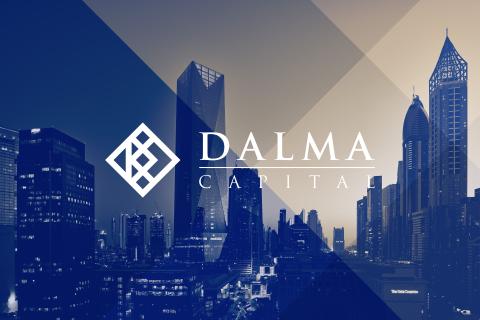Navigating M&A in Emerging vs. Developed Markets: Understanding the Key Differences and Challenges

27 March 2023
By Zachary Cefaratti
Mergers and acquisitions (M&A) activity plays a significant role in shaping the global business landscape, with transactions taking place across both developed and emerging markets. However, the dynamics of M&A in these two types of markets can vary considerably.
Valuation and Deal Structure
Valuation and deal structures can differ significantly between emerging and developed markets, mainly due to the varying levels of market maturity, transparency, and availability of reliable financial information.
- Developed Markets: In developed markets, there is generally greater access to accurate and timely financial data, which facilitates the valuation process. Additionally, deal structures are often more sophisticated and may involve various financing mechanisms, such as earn-outs and seller financing.
- Emerging Markets: In contrast, emerging markets may suffer from limited access to reliable financial data, making valuations more challenging. Deal structures in emerging markets may be simpler, with a greater reliance on cash-based transactions and less use of complex financing mechanisms.
- When evaluating valuations between markets, it is important to consider the relative country risk and build this into your accretion model. For buyers to engage in M&A, it must be seen to be accretive to their shareholders. If the acquiring company is in an emerging market, and buying a company in a developed market, they are likely to pay a higher valuation for the target company than the valuation of their own business (ceteris paribus). This can be an accretive transaction based on the relative country risk. For example, if the acquiring company has a WACC of 15%, but is in a country with a risk premium of 3% relative to the country of the target, they should discount the target companies cashflows at 12% (ceteris paribus) to analyze what is the maximum price they should pay.
Regulatory Environment and Compliance
The regulatory environment and compliance requirements can have a significant impact on M&A transactions in both developed and emerging markets.
- Developed Markets: Developed markets typically have well-established regulatory frameworks that provide clear guidelines for M&A transactions. Compliance with these regulations is generally well-enforced, and non-compliance can result in significant penalties.
- Emerging Markets: Conversely, regulatory environments in emerging markets may be less developed or less predictable. This can lead to increased uncertainty and potential risks related to compliance, bribery, and corruption.
Depending on the deal, regulation and compliance in developed markets can often be disadvantageous particularly where antitrust rules get involved.
Political and Economic Stability
Political and economic stability are critical factors to consider when undertaking M&A transactions in any market.
- Developed Markets: Developed markets generally offer greater political and economic stability, providing a more predictable environment for M&A activity. This stability reduces the risks associated with transactions and supports long-term planning.
- Emerging Markets: Emerging markets can be subject to greater political and economic volatility, which can create uncertainties and risks for M&A transactions. These risks may include currency fluctuations, changes in government policies, or economic downturns.
Cultural and Organizational Integration
The integration of organizations following an M&A transaction is a complex process, with cultural and organizational differences playing a key role.
- Developed Markets: M&A transactions in developed markets may involve companies with more similar corporate cultures and organizational structures, potentially facilitating smoother integration.
- Emerging Markets: In contrast, M&A transactions in emerging markets may involve companies with more significant cultural and organizational differences. This can create additional challenges for successful integration and may require more extensive efforts to bridge these gaps.
Opportunities for Growth and Expansion
M&A transactions in both developed and emerging markets offer opportunities for growth and expansion, but the nature of these opportunities can differ.
- Developed Markets: In developed markets, M&A transactions may focus on consolidating market share, acquiring new technologies, or expanding into complementary industries.
- Emerging Markets: In emerging markets, M&A transactions may provide opportunities to tap into high-growth markets, access new customer bases, or acquire valuable local knowledge and resources.
M&A transactions in emerging and developed markets present unique challenges and opportunities. By understanding the key differences between these markets, companies can make informed decisions, mitigate risks, and capitalize on the growth opportunities they offer. Navigating the complexities of M&A in both developed and emerging markets requires careful planning, adaptability, and a keen understanding of the unique dynamics at play in each market.
To know more about Zachary and his insights, please click here.
To access the Article, please click here.
